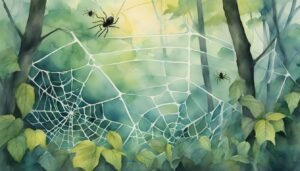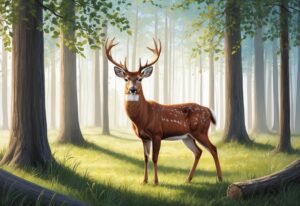Seahorse: Nature’s Underwater Curiosity

Seahorses, belonging to the genus Hippocampus, are unique fish with horse-like heads, prehensile tails, and males that carry and give birth to babies.

Seahorses, belonging to the genus Hippocampus, are unique fish with horse-like heads, prehensile tails, and males that carry and give birth to babies.

Air and Space Magazine, published by the Smithsonian Institution, offers exciting stories, photos, and videos about aviation and space science, keeping readers updated on the latest aerospace news and events.

Ticks cannot fly or jump; they climb and crawl, often waiting on grass or leaves to latch onto passing animals or people through a process called questing.

Starfish, not actual fish but echinoderms, have regenerative arms, tube feet for movement, and unique feeding methods, playing vital roles in ocean ecosystems.

This article explores the diverse anatomy, behaviors, and web-making abilities of over 45,000 spider species.

Arctic hares live in the frozen tundra of North America and are adapted to harsh winters with thick fur, seasonal color changes, and large feet for snowshoe-like movement.

Deer, belonging to the Cervidae family, are adaptable hoofed mammals known for their antlers and roles in spreading seeds and serving as prey.

Beach sand originates from rocks, shells, coral, and other materials that break down over time through weathering and erosion, aided by wind, water, and waves.

Cobras, known for their venom and hood, inhabit Asia and Africa but are endangered due to habitat loss; king cobras are notably the largest yet not true cobras.

The southern lights, or aurora australis, are a natural light display visible near the South Pole, created by solar particles interacting with Earth's magnetic field.